THERE ARE HUNDREDS OF 112 RELATED EMERGENCY CALLING APPLICATIONS IN EUROPE BUT THEY ARE RESTRICTED TO A CERTAIN PSAP.
ETSI has released today the Technical Specification TS 103 478. Developed by the ETSI special committee on Emergency Communications (EMTEL), the specification defines the requirements and architecture of Pan-European Mobile Emergency Applications (PEMEA).
There are currently hundreds of 112 related emergency calling applications in use across Europe but they are restricted to the Public Safety Answering Point (PSAP) they are integrated with. This new specification provides a solution that will enable emergency apps interoperability within Europe and beyond.
If apps on smart phones, tablets or laptops have proliferated, many of them aim to supplement existing communications services, such as providing caller and location information for emergency calls, while others seek to provide alternative communication mechanisms such as total conversation and instant messaging for example. This limitation prevents user’s application operating in a region to deliver accurate location information to the PSAP serving their location.
The aim of ETSI TS 103 478 is to solve this problem. Users will continue to use their favourite application while the accurate location and other information provided by the app will be sent to the most appropriate PSAP. The first part of the specification identifies the key functional entities involved in the emergency application architecture, the interfaces between each functional entity, and the requirements on each interface. The second part defines the data exchanges, message, protocols and procedures used across each of the identified PEMEA interfaces.
